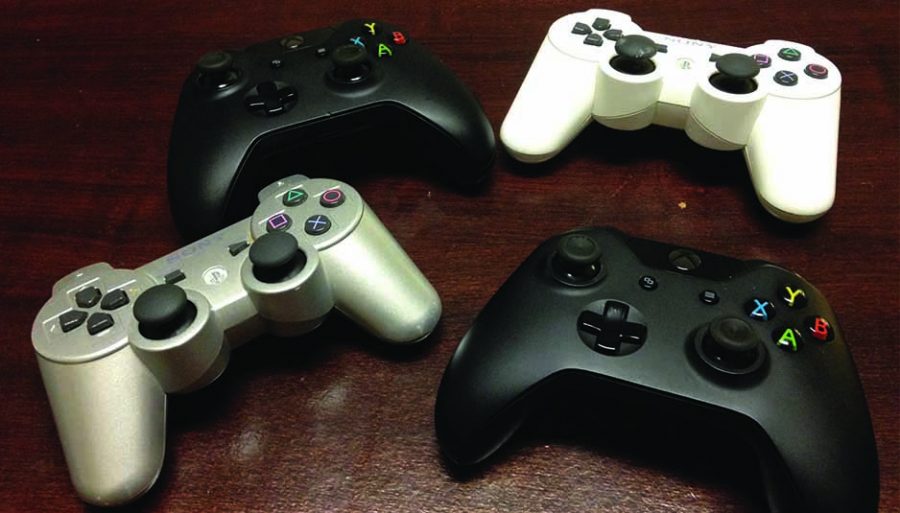Matthew Byers | Staff Writer
When people hear the series “Mega Man” they often assume robots in a real world that have gone rouge and are wreaking havoc that can only be stopped by one machine. While the original Mega Man series for the Nintendo Entertainment System created one of the most well-known franchises, and numerous sequels and spin-offs one particular series is often over-looked.
The Battle Network series has some of the biggest changes in the Mega Man world in that it is not a 2D side-scroller, unlike the direct sequel Mega Man X. Beginning in 2001 for the Gameboy Advance, Mega Man Battle Network introduced a world where the internet is even more ingrained with modern society; so much so that computer programs called “Net Navigators” (Navis) have their own specific and unique personalities that can assist with everything from school work to battling. Cyber space is more than just images on a computer screen; it is a full world where people can travel digitally.
This also leads to the conflict of the game: criminals who use their Navis to commit crimes. The hero, Lan Hikari and Mega Man are tasked with the job of fighting an organized group of criminals known as WWW (World Three). The two must travel cyber space, busting viruses and fighting enemy Navis in their attempt to ensure digital peace.
As previously mentioned the Battle Network games are not 2D side-scrollers, instead there is a 2.5D isometric perspective that allows you to look down at the world and see everything clearly, but you cannot see anything that is behind a house, or tree for example which gives a mild form of difficulty in fetch quests. Battling is entirely random, and either happens in specific instances in the real world, or in random encounters in the cyber world. Battling happens on two three-by-three grids that are divided into your side of the field and the opponent’s. Your stock weapon is the series’ standard Mega Buster that fires shots as fast as you can tap the button or charge up to deliver a heavier hit. Instead of defeating robot masters (as in the original), you are given access to computer chips that hold different attacks; a cannon chip can fire a heavy hit, or a mini-bomb chip can throw a small grenade at opponents. Finding chips and organizing which ones you use is key in playing the game.
As terms for music the game doesn’t have spectacular sound tracks, and often can be seen as underwhelming in some locations. Despite this there are some catchy toons that are meant to reflect the game world. The graphics are not grand by any means, but they aren’t terrible either. They fit the style of the game quiet well.
The Battle Network series officially ended in 2005, with the release of Battle Network 6 (Cybeast Gregar and Cybeat Falzar), but the series still remainds strong. And the series has dual releases starting at the third game, Battle Network 3 which was split into Blue and White. There aren’t major shifts in story between the different versions, the main differences between cosmetic. Some posters might reflect other video games, or optional bosses might be changed a bit, and battle chips being unique to one game.
The games might not be a traditional Mega Man game that sees robot masters beaten and their weapons taken, the games have unique stories, re-playability, and uniqueness to every game. While starting with the first Battle Network game seems the logical choice to those unfamiliar to the series, I can honestly suggest trying Battle Network 3 White which is definitely this writer’s favorite Battle Network game. And if you want to try two versions at once, try the Mega Man Double Team DS, announced for the Nintendo hand held of similar name, which contains both Mega Man 5 Team Protoman and Team Colonel. The Battle Network series was also partially re-released on the Wii U, with Battle Network 2 – 4 being available for purchase.









